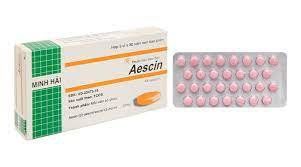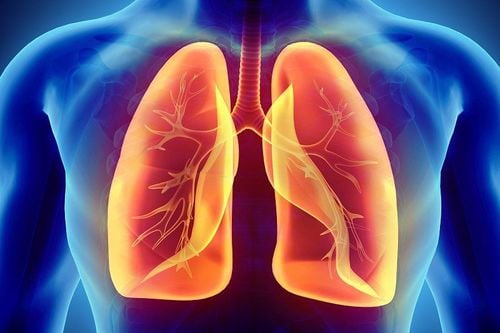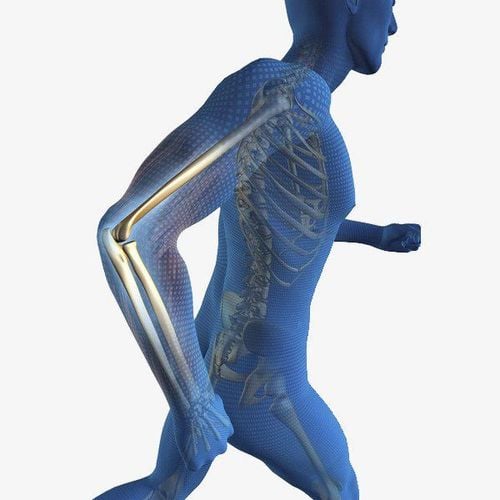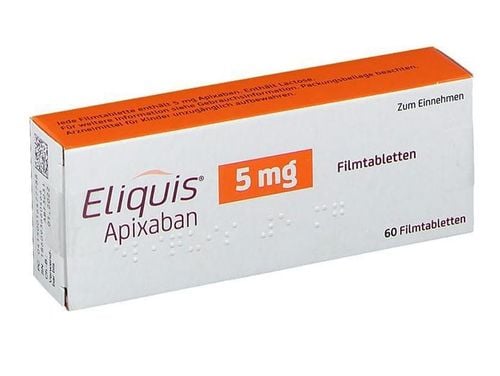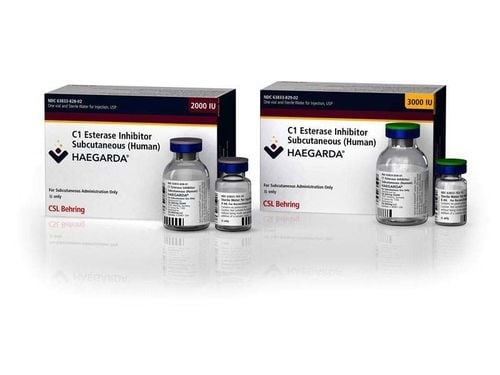This is an automatically translated article.
Ectopic pulmonary venous drainage is a congenital heart defect that occurs when the pulmonary vein does not empty into the left atrium but empties into another location, possibly the right atrium or an accessory vein. This condition causes increased pressure on the right heart and reduces oxygen-rich blood reaching the left heart to nourish the body. To treat the disease, the basic method is to correct the anatomical abnormalities, inserting the pulmonary vein into the left atrium.
1. Deviated pulmonary veins
The circulatory system has the function of transporting nutrients and oxygen to the organs in the body and excreting waste products out of the body. The circulatory system also transports hormones and plays a role in the immune system against infection.With the pulmonary circulation system: After being metabolized, deoxygenated blood is brought back to the vena cava and poured into the right atrium and then into the right ventricle, blood from the right ventricle is pushed into the pulmonary artery to pump up the lungs. . In the lungs, the exchange process releases CO2 and absorbs oxygen and then returns to the heart through the pulmonary veins.

Hình ảnh mô tả hệ tuần hoàn phổi
Great Circulation: The pulmonary vein drains oxygen-rich blood into the left atrium, and then through the mitral valve to the left ventricle. The left ventricle pumps blood into the aorta and then feeds the body's cells. After exchanging substances with cells in the body, the blood returns to the right atrium through the veins. The end of the great cycle. Ectopic pulmonary venous drainage is a congenital heart disease in which the pulmonary veins do not empty into the left atrium but into the right atrium or into an accessory vein. The ectopic pulmonary vein can be partially emptied, which is that part of the blood still flows to the left atrium, a part is not in the right place, this situation leads to increased pressure on the right heart and pulmonary artery, the body is deficient. source of oxygen and nutrients. In case the pulmonary vein is completely ectopic, all the blood in the pulmonary vein pours into the right atrium, dilating the right heart chamber, dilating the pulmonary artery, and the left heart becomes smaller.
The disease is diagnosed by echocardiography.
With this disease, the severity depends on the extent of the flow between the left and right heart, the degree of pulmonary arterial pressure and the degree of heart failure of the patient. For the treatment of ectopic pulmonary venous disease, surgical repositioning of the pulmonary veins is the mainstay of treatment.
2.Surgical treatment of partially displaced pulmonary veins
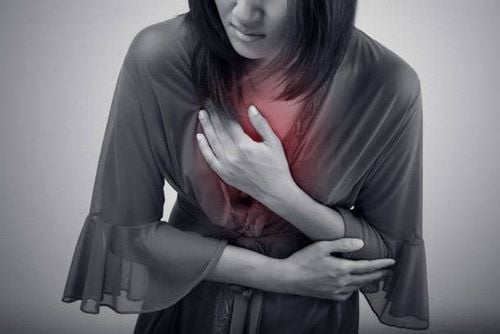
Bệnh nhân có triệu chứng khó thở sẽ được chỉ định phẫu thuật
Surgery is indicated in the following cases:
The patient has been diagnosed with partial ectopic pulmonary veins. Patients with one or more clinical symptoms such as: Shortness of breath, cyanosis, repeated infections, retarded children. The patient has pulmonary hypertension, pulmonary vascular resistance <8 Wood units. This surgical method has no absolute contraindications, only a few relative contraindications. The doctor will consider surgery in the following cases:
Fixed pulmonary hypertension Patient has heart failure, severe liver and kidney failure. Complicated congenital heart disease. In active infection. The infection should be completely treated. Fixed pulmonary hypertension in Eisenmenger syndrome (a syndrome associated with heart defects that affect blood flow to the heart).

Bệnh nhân bị tim bẩm sinh cần cân nhắc điều trị theo phương pháp phẫu thuật điều trị tĩnh mạch phổi đổ lệch bán phần
Steps to carry out surgery.
Preparation:
Performer: Main surgical surgeon Anesthesiologist and anesthesiologist Assistant Nursing equipment service requires 2 nurses. The crew to operate the CPR requires 2 doctors or technicians. Patient Explain to family and patient problems that may occur during and after surgery. The day before surgery, the patient was bathed twice with water mixed with betadine and changed all clean clothes. The chest is cleaned with betadine solution before applying an antiseptic solution to the surgical area. Surgical equipment Ventilator, monitor to monitor arterial blood pressure, central venous pressure, electrocardiogram, blood oxygen saturation SpO2... Cardiopulmonary machine and cannula. Cardiac and thoracic surgery equipment Only incision, monofil and steel thread close the sternum Surgical steps:
Patient:
The patient lies on his back with a padded pillow under his shoulder. Endotracheal anesthesia Invasive monitoring lines to monitor arterial blood pressure... Anticoagulation Heparin. Technique:
Open the midsternal line. Install a system of arterial and venous tubes, connecting the heart with the artificial cardiopulmonary system. Inject cardiac paralysis solution to stop the heart. Open the left and right heart chambers to accurately assess the lesions. Treatment of anatomical lesions Ligation of the pulmonary venous line to the right heart eccentricity. Implement anastomosis or create paths for the purpose of bringing blood from the pulmonary venous system to the left heart. Patch the shunts between the chambers of the heart, the most common is the atrial septal defect. After the treatment, the chambers of the heart are closed. Hemostasis, placement of drainage system, electrodes. Close the pericardium, close the sternum and chest wall.
3. Monitoring and handling complications after surgery

Sau phẫu thuật cần chụp X quang theo dõi
3.1. Monitoring
After surgery, it is necessary to closely monitor the patient, need to monitor: Pulse, ECG temperature, arterial blood pressure (maximum, minimum and mean arterial pressure), central venous blood pressure , oxygen saturation, urine output, ventilator parameters, and patient's mental status once every hour for 24 hours after surgery. Monitor drains: Calculate fluid once per hour for early detection of abnormalities. If there are signs of bleeding, re-operate early to stop the bleeding. Use pulmonary antihypertensive drugs if there are symptoms of hypertension before surgery. Bedside follow-up X-ray. Test at the specified time: Blood gas, electrolytes, blood count. Routine examination after discharge from hospital about once every 6 months. Follow-up for 3 years if there is no abnormality, the disease is considered cured. 3.2. Possible complications after surgery
Need to closely monitor after surgery for early detection of abnormalities such as:
Bleeding after surgery detected by monitoring the drainage. Pneumothorax or hemothorax Arrhythmia Pulmonary venous displacement, if not treated early, will result in heart failure, frequent infections in children, physical and mental retardation due to lack of oxygen. . Early surgery when the conditions for surgery are good, the prognosis is good and the risk of disease is minimized.
Vinmec International General Hospital with a system of modern facilities, medical equipment and a team of experts and doctors with many years of experience in medical examination and treatment, patients can rest assured to visit. examination and treatment at the Hospital.
To register for examination and treatment at Vinmec International General Hospital, you can contact Vinmec Health System nationwide, or register online HERE.
SEE MORE
Pulmonary embolism: What you need to know Diagnosis and treatment of pulmonary embolism Early signs of pulmonary embolism





